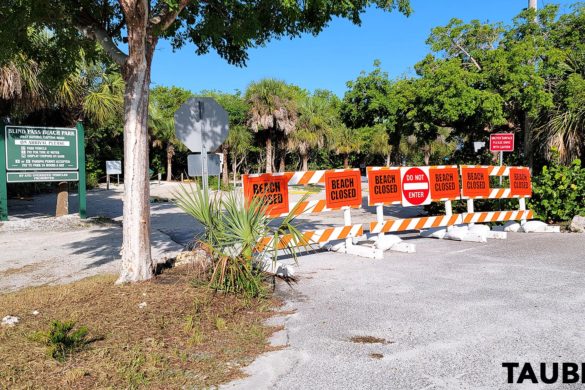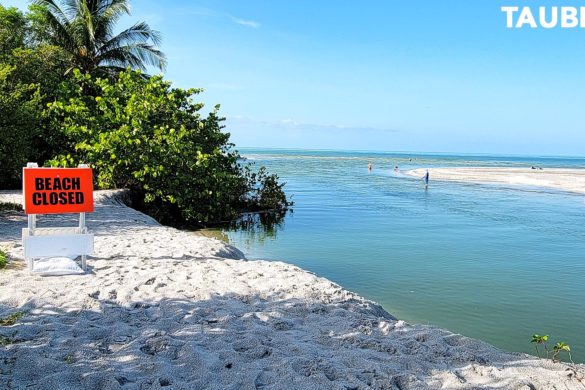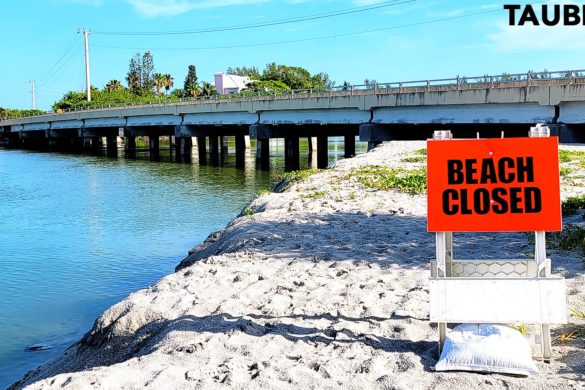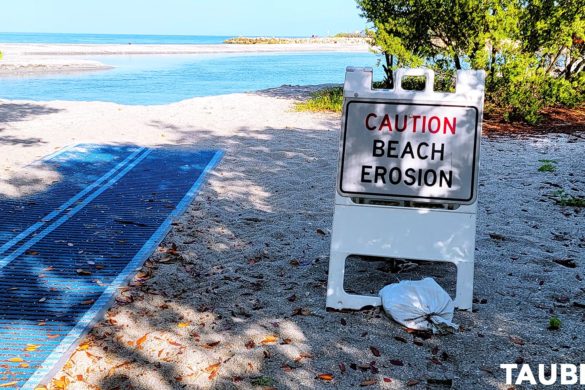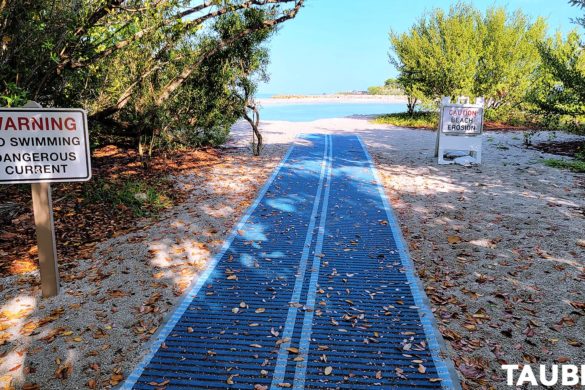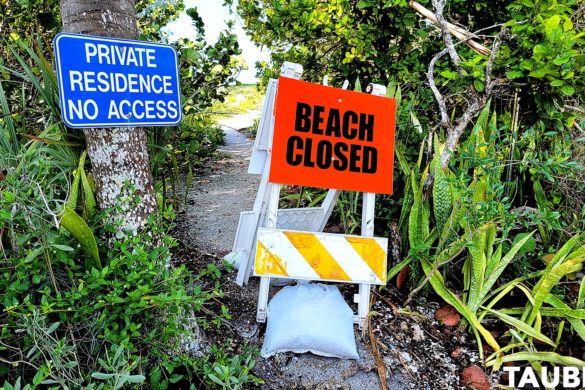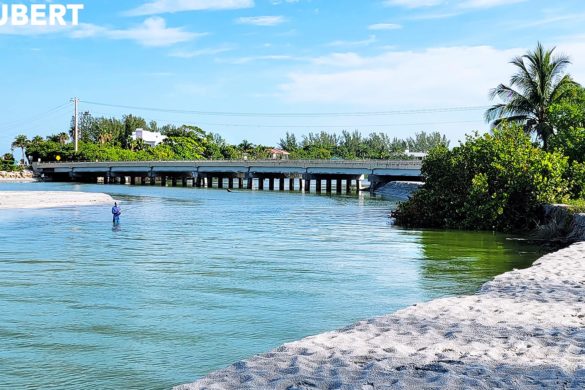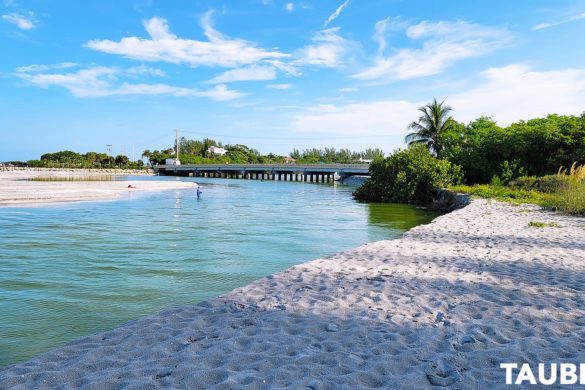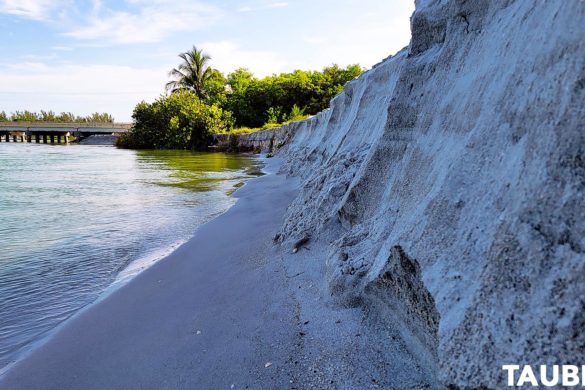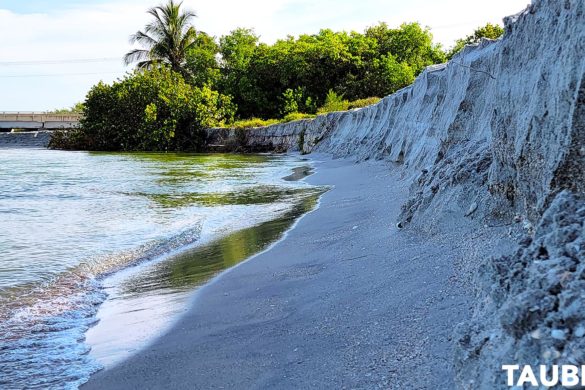If you’ve driven on Sanibel Island over the past few days, you’ve probably seen the signs indicating that Blind Pass Beach Park is temporarily closed due to beach erosion.
And if you didn’t see those signs, then you definitely saw the “Beach Closed” barriers blocking access to the parking lot at Blind Pass Beach.
Sanibel city officials recently released a statement on mysanibel.com reading, “Blind Pass Beach Park will be closed to the public beginning June 15, 2022. Since May, the shoreline at Blind Pass Beach Park has gradually eroded and a steep escarpment has developed at the end of the beach access paths making public access to the water unsafe.”
This escarpment, which can reach up to 6 feet high at times, extends from the Blind Pass Bridge south to near Castaway Cottages.
KEEP READING BELOW TO SEE THE PHOTOS…
If you’re not following @sanibel_barometer on Instagram, then you’re missing out on half the fun!
History of Blind Pass dredging and beach erosion
As anyone who has been on Sanibel Island for a while could tell you, this specific area at Blind Pass has a long history of being impacted by beach nourishment, dredging, and beach erosion.
Blind Pass is a natural tidal inlet which has migrated and closed at various times throughout history.
Before 1921, Blind Pass was a more substantial inlet.
When the Hurricane of 1921 opened Redfish Pass (thereby separating Captiva from North Captiva), the new pass captured a significant portion of the former tidal prism of Blind Pass, resulting in Blind Pass transforming into a smaller and more unstable inlet.
This set of events started a cycle in which Blind Pass, moving forward, was continually opened by storms and eventually closed back up by shoaling.
By 1964, the spit of sand once again migrated to the south and closed the pass. The pass was not reopened again until 1972 following Hurricane Agnes.
In 1972, Lee County did some work on the north side of the pass to protect the road and bridge by stabilizing the beach to the north at Turner Beach Park.
The pass was closed again between 1975 and 1980.
The pass was reopened in its present position by a subtropical storm in June 1982.
In 1988, the Captiva Erosion Prevention District (CEPD) extended the terminal groin on the north side of Blind Pass (which they had originally installed in 1972) by 100 feet to stabilize the beach nourishment project on Captiva Island.
Between August 1998 and October 1999, Blind Pass closed due to natural processes.
In a limited effort to open the inlet, 20,400 cubic yards of sand were removed from the channel in early 2001 seaward of the Blind Pass bridge. This project had a short expected life span, since the controlling cross-section landward of the bridge was not dredged. During this construction project, sand infilled and was removed two additional times.
In the years after the project, the inlet closed, reopened, and closed several times.
In December 2008, Lee County began dredging to re-open Blind Pass, which was completed on July 31, 2009.
With ongoing maintenance dredging, the pass has remained open and the dredge material has been placed downdrift on Sanibel Island.
The last maintenance dredging of Blind Pass was in June 2017 at a cost of $1.3 Million.
KEEP READING BELOW FOR THE PHOTOS…
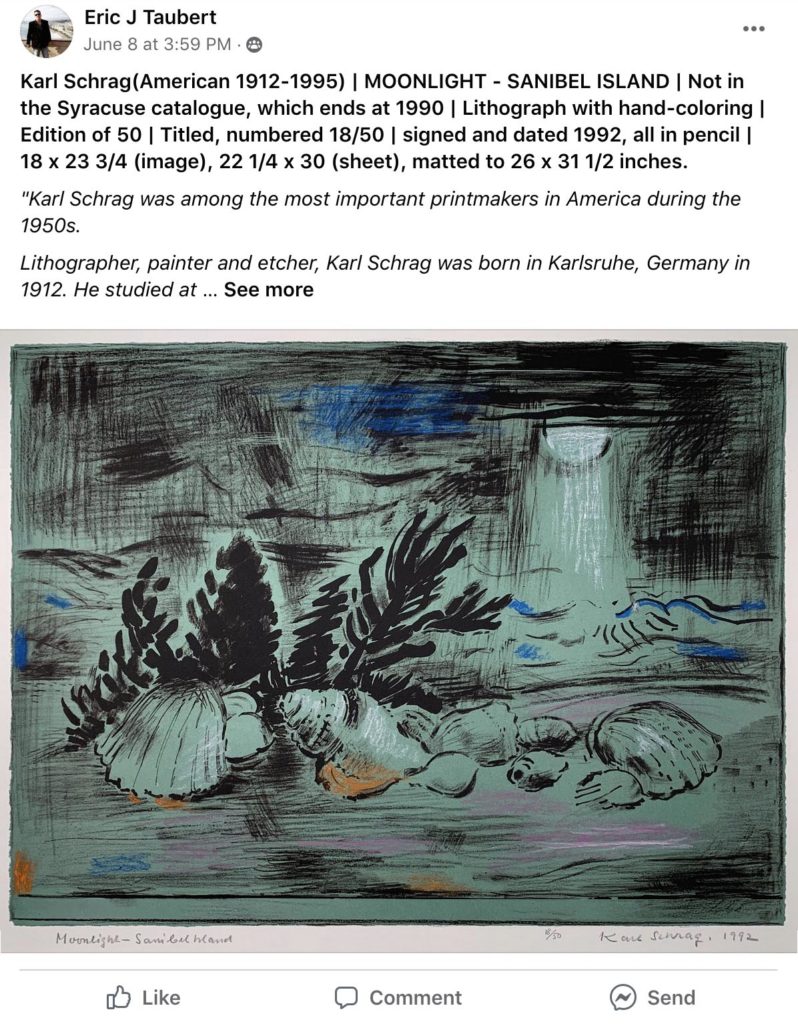
How did this recent Blind Pass beach erosion occur?
Beaches can be eroded by complications due to climate change, such as severe storms or sea level rise. Human activities like coastal development or construction of navigation channels and inlets have also exacerbated the issue and changed the natural flow of water and sand.
We can point at the facts that a combination of nature and human initiatives have changed the flow of water in Blind Pass multiple times over the last century.
Admittedly, we can also point at excess sand from a nearby beach nourishment project as the most obvious culprit to blame for causing this recent bout of Blind Pass beach erosion.
That said, we should also keep in mind the impact that climate change is undoubtedly having on our coastlines in Sanibel, across Florida, and around the world.
In other words, this Blind Pass beach erosion definitely happened because of beach renourishment – but let’s ask ourselves, why are communities everywhere scrambling to nourish beaches with increasing frequency and at increasing costs?
The recent beach nourishment project in question took place on neighboring Captiva Island between September and November 2021. This project added more than 806,000 cubic yards of sand (that’s 2 billion pounds worth) from the sea bed six miles offshore to a 4.5 mile stretch of Captiva’s Gulf-facing shoreline. The work was contracted out at a cost of just under $16 million dollars.
Over the past few months. Some of that Captiva sand has been on the move and heading towards Sanibel Island. This has caused a large new sandbar to build in the center of Blind Pass.
That new sandbar has changed the direction and speed of the flow of water through the channel resulting in significant erosion on Blind Pass Beach.
Currently, when the tide is high, because of how the vegetation grows in the area where the beach erosion is occurring, it is impossible to walk from the Blind Pass parking lot to any section of beach that could accommodate a beach chair or tent. As soon as you enter the Blind Pass Beach from the parking lot, you immediately encounter a steep 6-foot drop into the water of Blind Pass.
“This erosion is an expected result of our beach nourishment,” states Dan Munt, director of operations for the Captiva Erosion Prevention District. “The current flows from north to south and it just so happens that our beach is full of sand now. When that happens, any excess sand is going to come out of our beach system.”
Officials are holding off on emergency actions, “to allow our beach nourishment project to settle,” continues Munt. “They don’t want to go and dredge the pass and just see it quickly refill with sand.”
KEEP READING BELOW FOR THE PHOTOS…
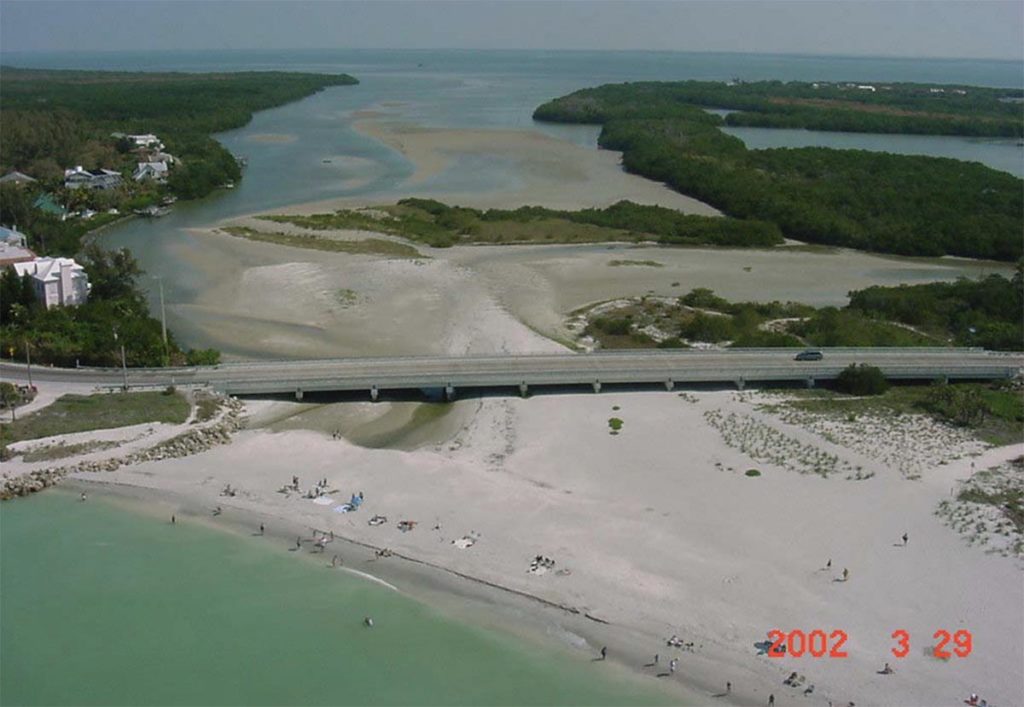
What’s next regarding the beach erosion at Blind Pass?
There is currently a substantial barricade blocking the parking lot at Blind Pass Beach, as well as “Beach Closed” and “Beach Erosion” signs.
Through electronic signage elsewhere on Sanibel, the city is advising visitors that Blind Pass Beach is closed and they should presently use Turners Beach Park (approximately 1,000 feet to the north) and Bowman’s Beach Park (approximately 2.4 miles to the south) instead.
A survey is planned for July to measure the amount of sand in the pass as well as the adjacent beach conditions. Lee County is planning to dredge the channel; and to potentially use the sand they remove from Blind Pass to potentially nourish other areas on Sanibel.
I’m not 100% sure what their plans are, but I do know from my own beach walking that there is a long stretch of coastline along West Gulf Drive that could definitely use some additional sand.
The county is applying for permits to dredge the sand in the pass in 2023.
The City of Sanibel will consistently review the conditions at Blind Pass Beach Park and will reopen the park when the public can safely access the beach again.
The City of Sanibel said it’s unlikely the park will be closed until 2023. They are attempting to work with the county to expedite a solution to the beach erosion at Blind Pass; but any pinpointing of an exact date for maintenance dredging to solve for the current scenario is wholly dependent on how quickly the processes of permitting and contract bidding occur.
Photos of Beach Erosion at Blind Pass | Click any image below for a larger view
Disclaimer: Information is harvested (at time of publication) from publicly available sources and is deemed reliable but not guaranteed – any editorial content is solely opinion-based – availability, prices, details, and etc are subject to change or withdrawal at any time and for any reason. All dimensions are approximate and have not been verified. All data should be independently verified.

